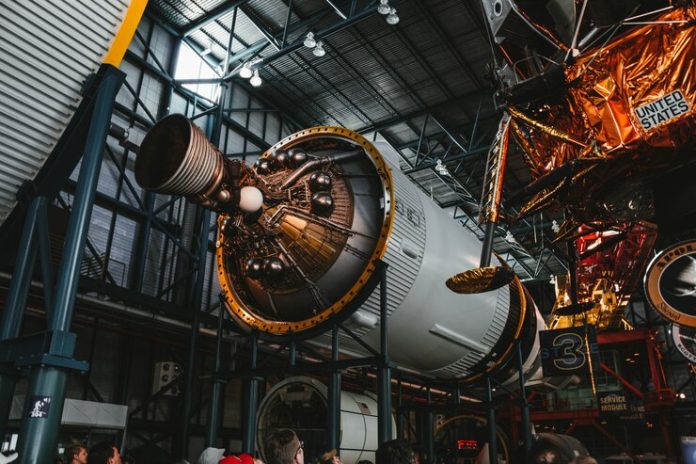If your company manufactures equipment for aerospace applications, investing in machining tools designed for the pressure and temperature of space is a must. For business owners looking to expand their offerings or experienced aerospace manufacturers needing a refresher, here’s the inside scoop on aerospace machining.
9 Aerospace Applications To Understand
Table of Contents
First, understand how to properly use an engineering calculator. Review what each variable means and make sure you’re inputting the correct data when you calculate your machine’s horsepower or the proper cutting angle.
You should also learn how 3D printing works. Depending on whether you’re making models or actual parts, your 3D printer can create plastic or metal components. The printer relies on fused depositional modeling, meaning that it sends liquid materials over the same lines to eventually create 3D structures. Use Onshape, SolidWorks, Creo, or another software program to make the CAD drawings behind your printer’s finished products.
Sheet metal fabrication is another key part of aerospace machining. This process involves turning bronze, magnesium, steel, copper, or aluminum into thin sheets that are then riveted or welded into the proper shapes.
The fourth aerospace application to understand is 5-axis machining. Because parts that are machined for aerospace functions must be as light as possible, they usually have complicated shapes. Machines equipped for 5-axis machining can turn different components around the A,B, X, Y, and Z axes.
Injection molding allows aerospace manufacturers to mass produce plastic or metal parts. This application requires a 3D-printed or machined prototype, which designers use to make a mold. They inject melted plastic or metal into the mold and let it cool until the material solidifies. Because of the mold, the process produces less waste than computerized numerical control machining, but it is also harder to oversee.
Even if a manufacturer is not performing injection molding, prototype creation is a critical application of aerospace machining. As aerospace engineers come up with new ideas for making planes or spacecraft operate more efficiently, they can use machining tools to test their ideas on small scales before mass-producing their inventions.
A critical new aerospace application is Machine Learning, a software program that pairs CNC machining with artificial intelligence. The program’s sensors catch tiny design flaws in CAD drawings, increasing the parts’ lifespan and durability.
Filtration systems are another great way to put aerospace machining tools to work. Many planes require heavy-duty filters made of steel or iron, and these filters’ dimensions must be extremely accurate, necessitating CNC machining.
Finally, the ninth aerospace application to understand is electrical discharge machining. Using a live wire, manufacturers burn or melt metal tools until they are the proper shapes.
Achieve Success With Turning Applications
No matter which aerospace applications you use in your machining process, Kennametal turning products move the material being machined. Choose between turning tools designed to precisely adjust your new product as you groove, profile, or OD turn it.
Review these essential concepts before accepting another aerospace machining contract to ensure that you deliver high-quality and long-lasting products.







